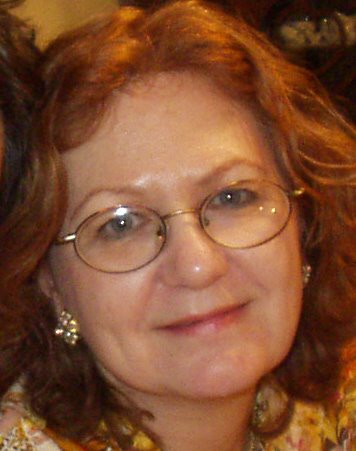Gas Blending
 One of the things we take for granted is breathing--until we go underwater, that is. Holding your breath is OK for a quick, shallow dive, and a snorkel mask will do for breathing just under the surface. When diving more than a few inches below the surface for prolonged periods, however, an air supply is needed.
One of the things we take for granted is breathing--until we go underwater, that is. Holding your breath is OK for a quick, shallow dive, and a snorkel mask will do for breathing just under the surface. When diving more than a few inches below the surface for prolonged periods, however, an air supply is needed.Except what's in the diver's tank is not necessarily air. The mixture of gases we call "air" is ideal for humans in the earth's atmosphere, but underwater, as pressure increases, gases compress and oxygen and nitrogen become toxic. Diving cylinders are therefore filled with customized mixtures of gases, the ingredients and proportions depending on the length, depth and purpose of the dive.
Air is 21% oxygen, 78% nitrogen, and 1% other trace gases. Blended gases substituted for air in diving cylinders include nitrox (plain air with extra oxygen), trimix (oxygen, nitrogen and helium), neox (oxygen with neon added), etc., etc., etc.
Some of the problems associated with diving include decompression sickness, high pressure nervous syndrome, narcosis, and voice distortion. Specialized gas mixes have been developed to alleviate these problems. The cost of these custom mixes can be extremely high when you start adding in noble gases (like helium and neon). Though out of reach for most recreational divers, the pricey mixtures are invaluable for scientific, commercial, and military applications.
Gas blending is complex and dangerous. Complicated algorithms are needed to factor length, depth, and purpose of dive, health of diver, and cost. Are you ultra-susceptible to the "rapture of the deep?" Don't want to talk in a funny voice underwater? Need good thermal insulation for dry suit inflation? Have wads of cash you're willing to blow on normoxic mixtures? Just tell it all to Mr. Computer. In go the numbers, out comes your custom gas blend.
Labels: diving, gas blending


0 Comments:
Post a Comment
<< Home